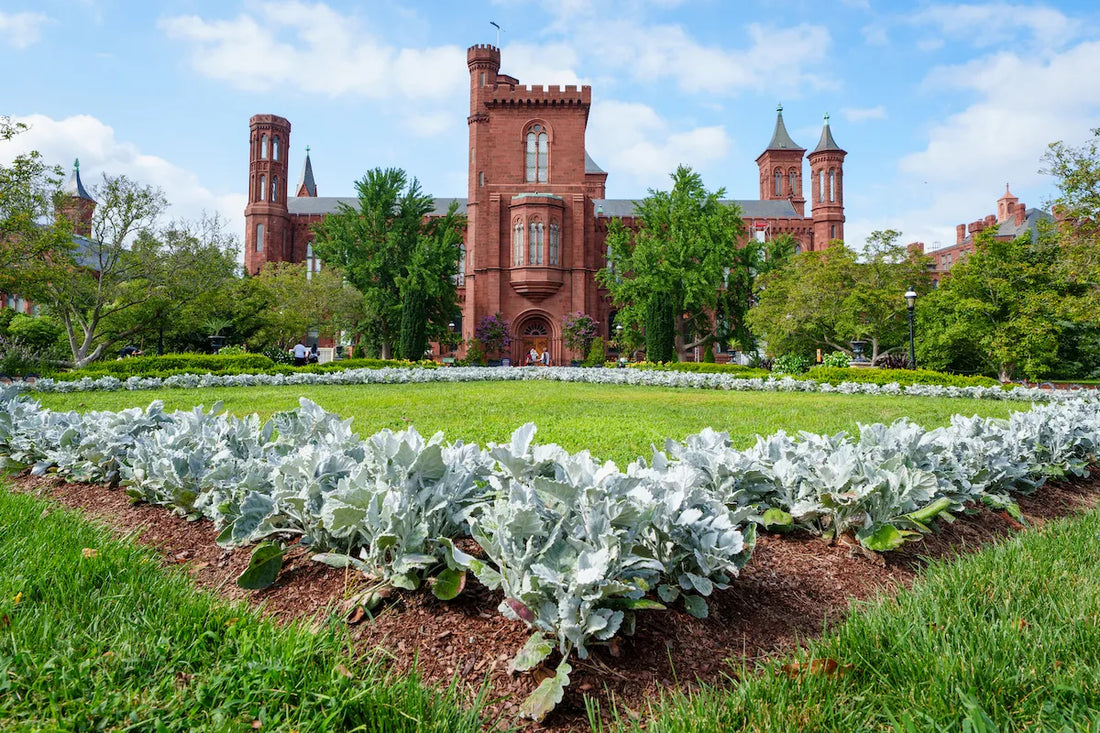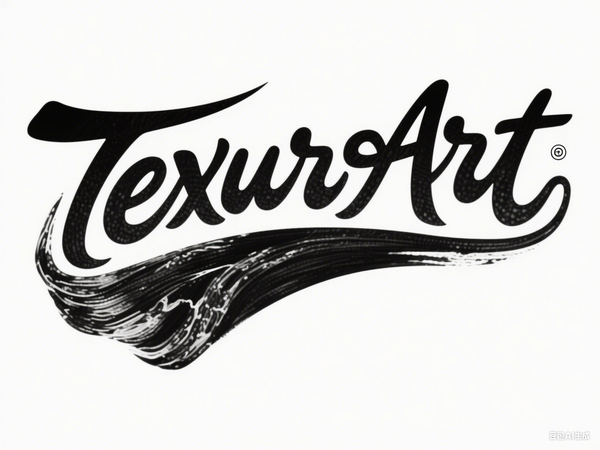
White House Criticizes Specific Smithsonian Artworks and Exhibits Amid Cultural Debates
Share
Rigoberto A. González’s painting, Refugees Crossing the Border Wall into South Texas, has become a focal point in the recent cultural controversy involving the White House’s critique of Smithsonian artworks. This powerful 2020 painting depicts a family of four navigating the precarious journey across the U.S.-Mexico border, portrayed in a style merging Baroque influences with contemporary social realities. González, a Mexican-born artist who teaches at the University of Texas Rio Grande Valley, uses his art to highlight the complex human stories behind immigration policies and border conflicts, intending to evoke empathy and catalyze social change through visual storytelling.
The White House labeled González’s work “woke” and accused it of glorifying illegal immigration, sparking broader debates about how the Smithsonian Institution presents American history and society. This painting was a finalist in the 2022 Outwin Boochever Portrait Competition at the Smithsonian National Portrait Gallery, demonstrating its recognition within the art community for addressing urgent social themes.

González describes the border region as a space of cultural confluence — where people’s lives are shaped by socio-economic challenges including immigration laws and the ongoing violence linked to drug conflicts. His work insists that this immense narrative transcends news headlines, demanding a deeper aesthetic and emotional response that only art can uniquely provide.
Alongside González’s painting, the White House’s critique extends to other Smithsonian exhibits, including those depicting Dr. Anthony Fauci, racial histories, LGBTQ+ themes, and discussions of slavery, reflecting a political push to reshape cultural narratives towards an emphasis on national pride and progress. Smithsonian officials defend their exhibitions as scholarly, nuanced, and inclusive works vital to understanding America's multifaceted history.
The outcry highlights tensions between political influences and artistic freedom, with artists like González standing undeterred in continuing to create meaningful, challenging work. Critics of the administration’s approach warn that such interference risks censoring vital stories and silencing marginalized perspectives essential to the nation’s cultural fabric.
Related Visual and Reference Links
-
Rigoberto A. González – University of Texas Rio Grande Valley
-
Refugees Crossing the Border Wall into South Texas - Smithsonian National Portrait Gallery
Frequently Asked Questions (FAQ)
Q: What is the significance of Rigoberto González’s painting?
A: The painting humanizes the migrant experience at the U.S.-Mexico border, combining historical painting styles with urgent social themes to evoke empathy and awareness.
Q: Why did the White House criticize this artwork?
A: The administration alleged that it glorifies illegal immigration and fits what they label as "woke" content in the Smithsonian museums.
Q: How has González responded to the criticism?
A: González remains committed to his artistic message, viewing the criticism as an attempt to intimidate but continuing his work to shed light on immigrant experiences.
Q: What broader museum exhibits are involved in this controversy?
A: Exhibits about Dr. Anthony Fauci, racial histories, LGBTQ+ representation, and slavery have also been targeted by the White House for review and critique.
Q: How does the Smithsonian defend its exhibits?
A: Smithsonian curators emphasize their responsibility to present accurate, diverse, and critical reflections of America’s history, culture, and societal challenges.
Q: What are the implications for artistic freedom?
A: Critics argue that political pressure risks censorship and self-censorship among artists and institutions, potentially limiting the diversity and depth of cultural narratives.
